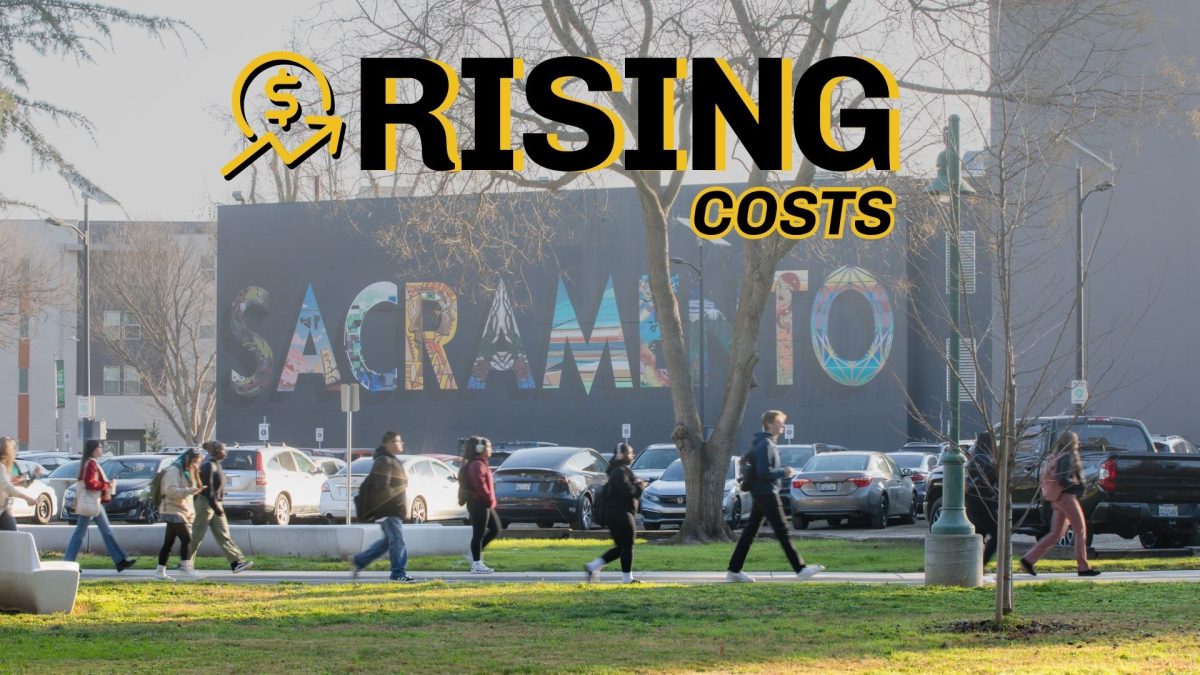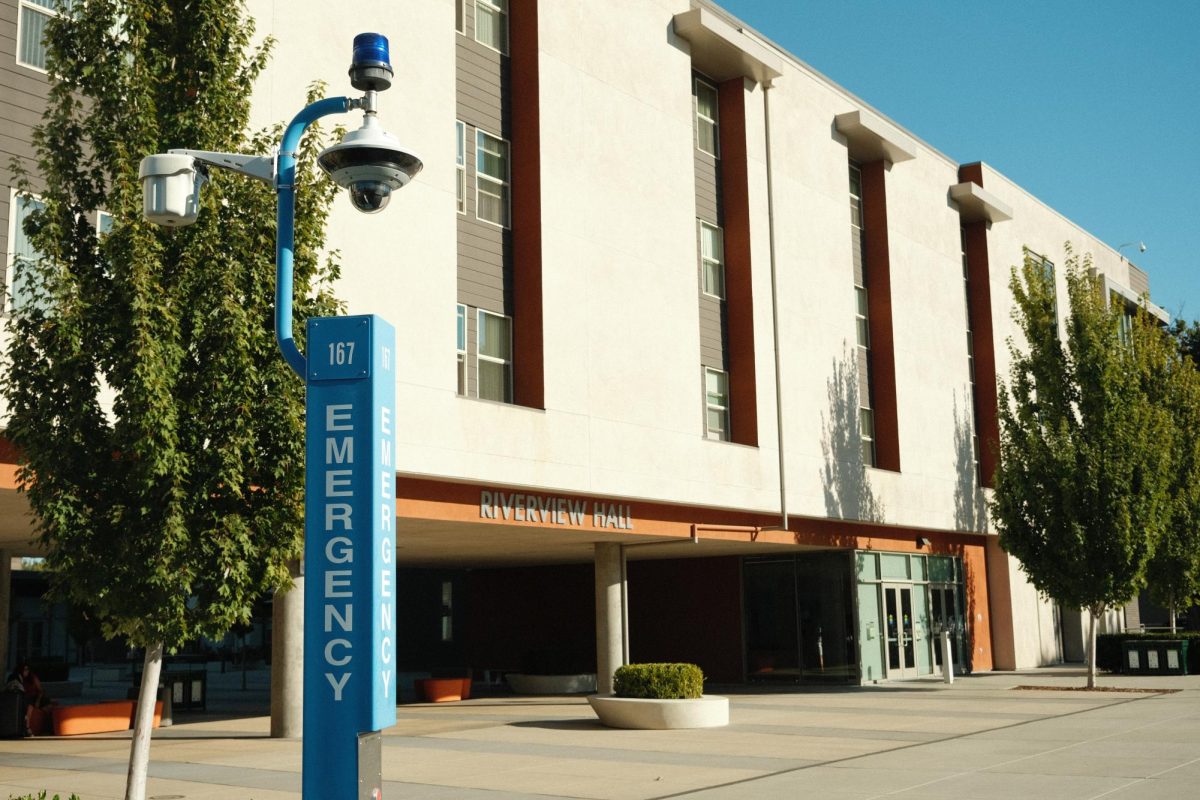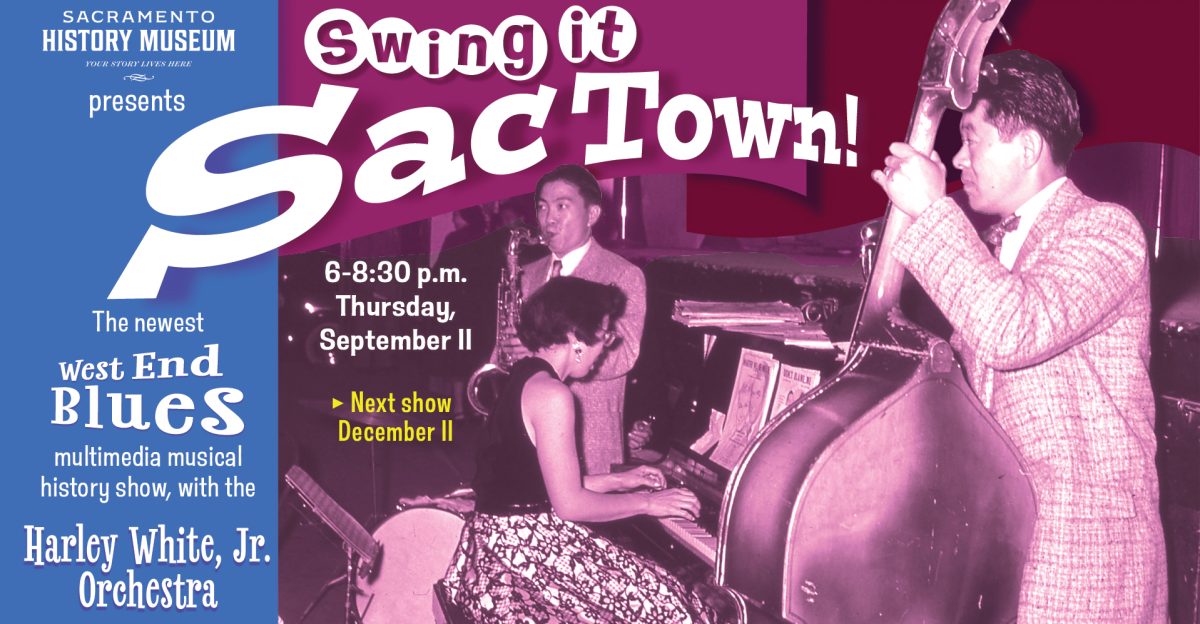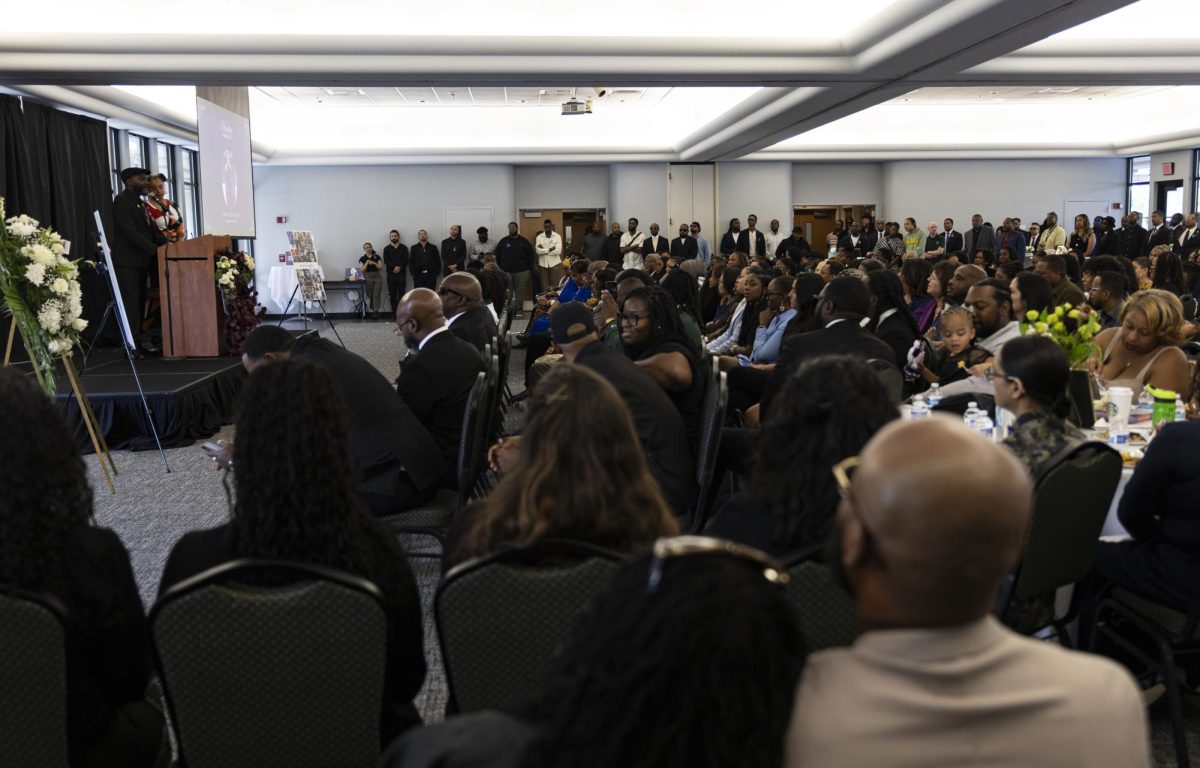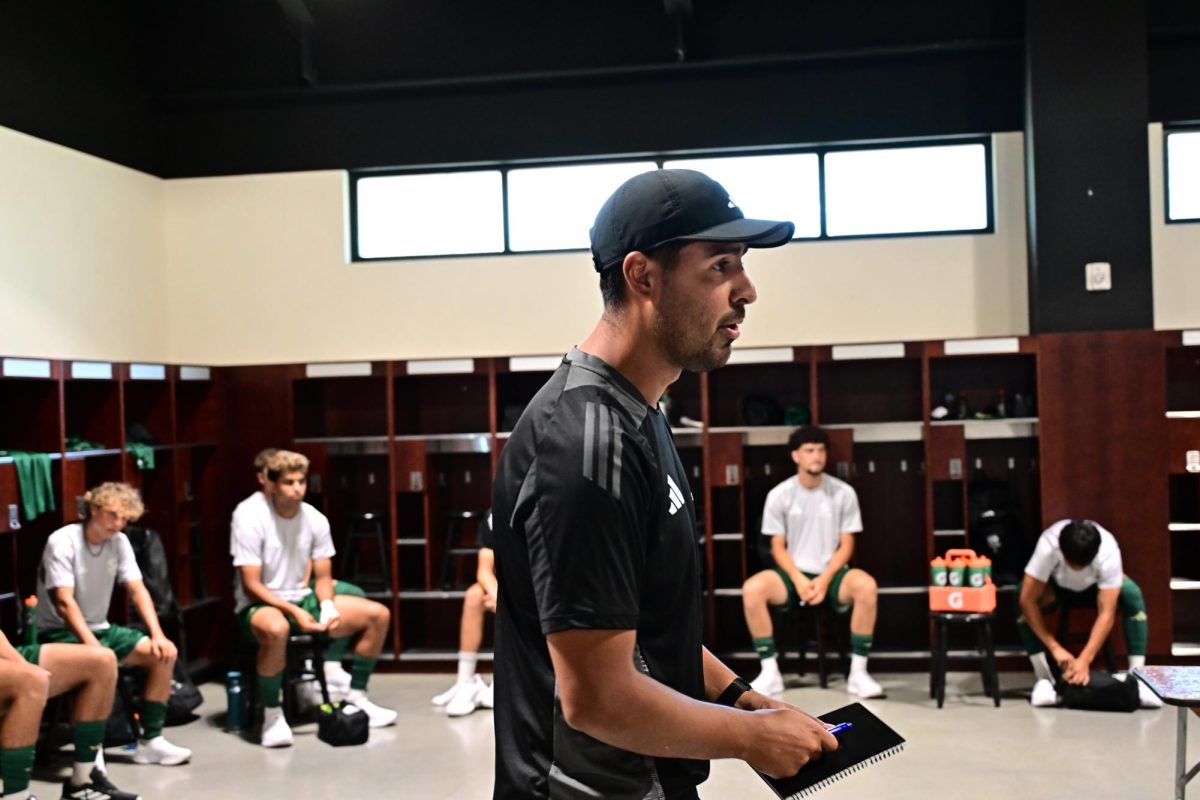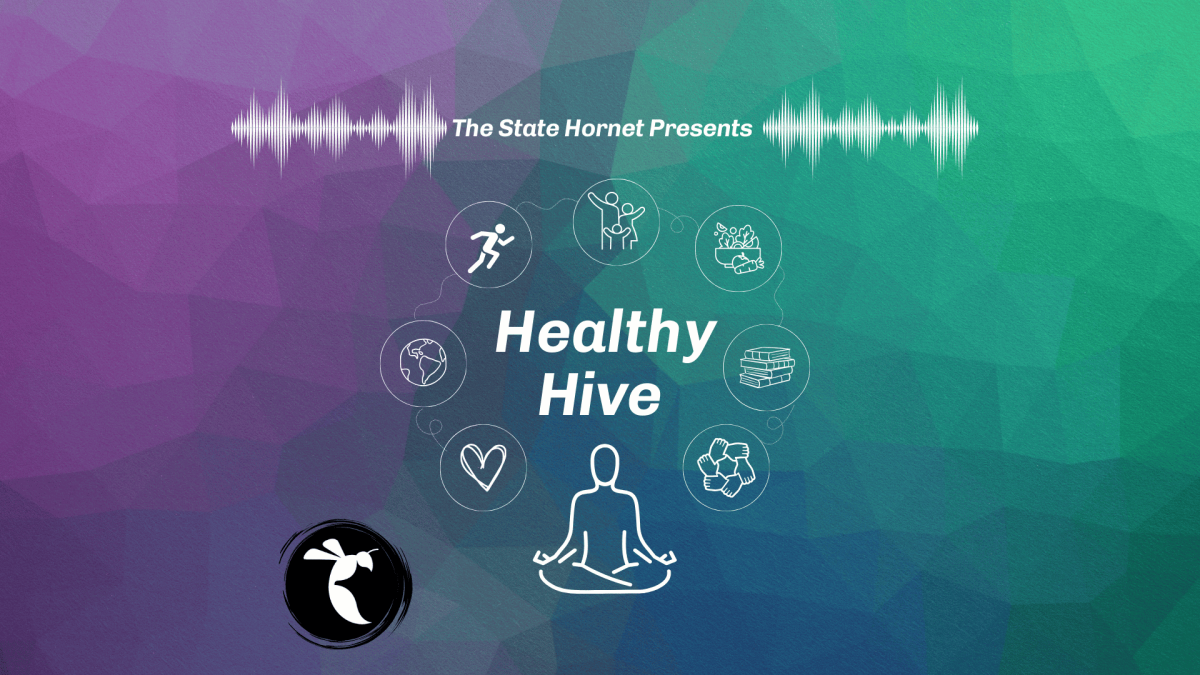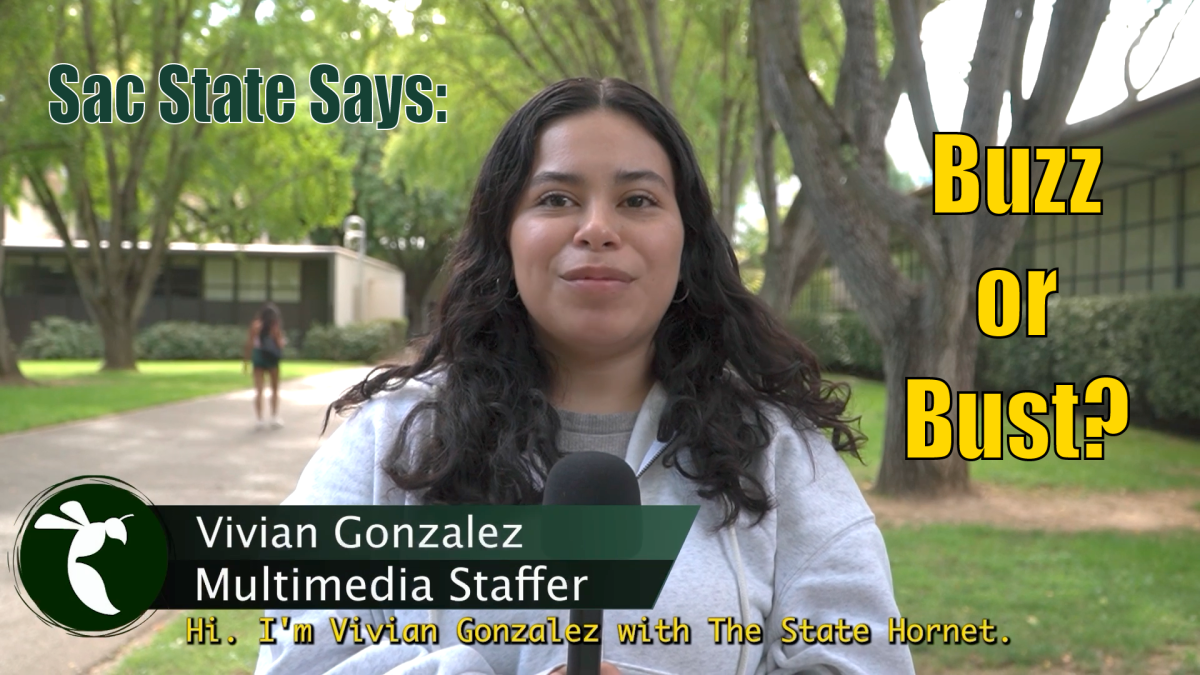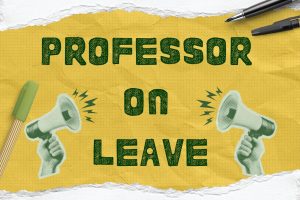Walking anywhere is the cure for what ails you
March 30, 2005
Over spring break I went to New York City and loved it, but not for the usual reasons.
Oh sure, I loved finally seeing Times Square and the Statue of Liberty, eating real New York pizza and touring Yankee Stadium, but what I loved the most about New York City was something that I do every day: walking.
I loved that I didn’t have to get into a car once while I was in New York.
Everything was within walking distance, or if it wasn’t, I was able to take the subway instead of having to get into a car and fight traffic just to go five miles.I’m not against cars because I’m against capitalism or because I’m for environmentalism. I’m against cars for purely selfish reasons: my personal health.
The health benefits of walking, reported by the Centers for Disease Control and the Surgeon General, include lower risk of developing heart disease, diabetes, high blood pressure or colon cancer.
Additionally, walking for 35 minutes each day can help control weight, reduce feelings of depression and anxiety and help to maintain healthy bones, muscles and joints.
Contrast that to the daily feelings of anxiety and stress that Americans experience, who on average spend 51 minutes each day commuting to work or school, each time they are running late and get stuck in traffic.
That’s 51 minutes spent doing nothing but fretting. In a subway or on a bus, that time could be spent doing homework or reading a newspaper.
It is only the apparent convenience of cars that makes people drive everywhere and makes them incredibly lazy.
If people were to time themselves, they would find that they waste more time in their vehicles than they would if they just got out of their cars and walked. But California is a state that has been built around the automobile and is not conducive to walking, so I continue to drive, as do many others.
In fact, only 2.9 percent of Americans walk to work every day, but this number would increase if it were more convenient for people to walk to work. People who live in more urbanized areas are able to walk to work because the streets are pedestrian friendly and have more direct routes to commercial areas.
Developers in the Sacramento area have begun to realize that increased traffic is becoming more of a problem and have reacted by expanding the light rail and bus routes, but developers should think about transportation long before it becomes a problem.
Many cities like New York and San Francisco deal with their large populations by building other modes of transportation that make it easy for workers to walk much of the time and to get around without needing a car.
Sacramento State students should be demanding those types of transportation options, especially as traffic and parking become more of a problem at Sac State. President Gonzalez was correct to suggest expanding the light rail to Sac State instead of increasing the number of parking garages on campus.
If we were really concerned about convenience, we wouldn’t spend our mornings driving to campus and searching for parking. But unfortunately, we’ll continue to fool ourselves into believing that driving is more convenient than trying to make a change.
——————————————————————–
Rebecca Adler can be reached at [email protected]





